There's nothing quite like the aroma of freshly baked Gipfeli Recipe wafting through your kitchen. These Swiss-style croissants, with their buttery layers and perfectly crispy exterior, are a beloved breakfast staple throughout Switzerland. While similar to French croissants, Gipfeli have their own distinct characteristics that make them uniquely Swiss – notably their curved shape and slightly sweeter dough.
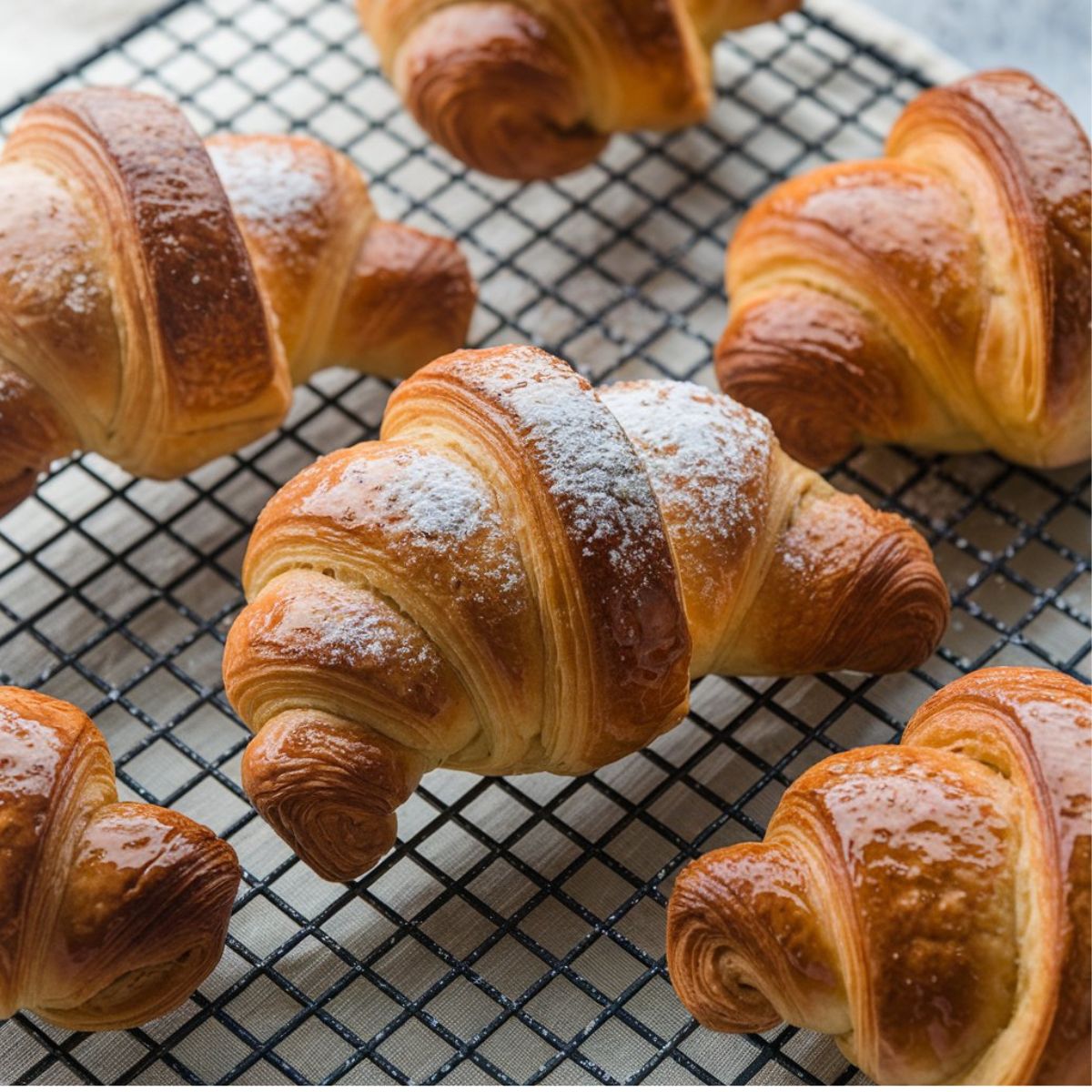
Why You'll Love This Gipfeli Recipe
Swiss Gipfeli are the perfect balance of flaky and tender, with a golden-brown exterior that shatters beautifully when bitten into. While making them requires patience, this step-by-step recipe will guide you through creating these magnificent pastries at home. Whether you're missing Swiss breakfast culture or simply want to master the art of laminated dough, this recipe delivers professional-quality results.
Jump to:
Ingredients
the Dough:
- 500g high-protein bread flour
- 60g granulated sugar
- 10g salt
- 25g fresh yeast (or 7g instant dry yeast)
- 300ml cold milk
- 40g unsalted butter, softened

Lamination:
- 300g high-quality European-style butter, cold
- 1 egg (for egg wash)
- Pinch of salt (for egg wash)
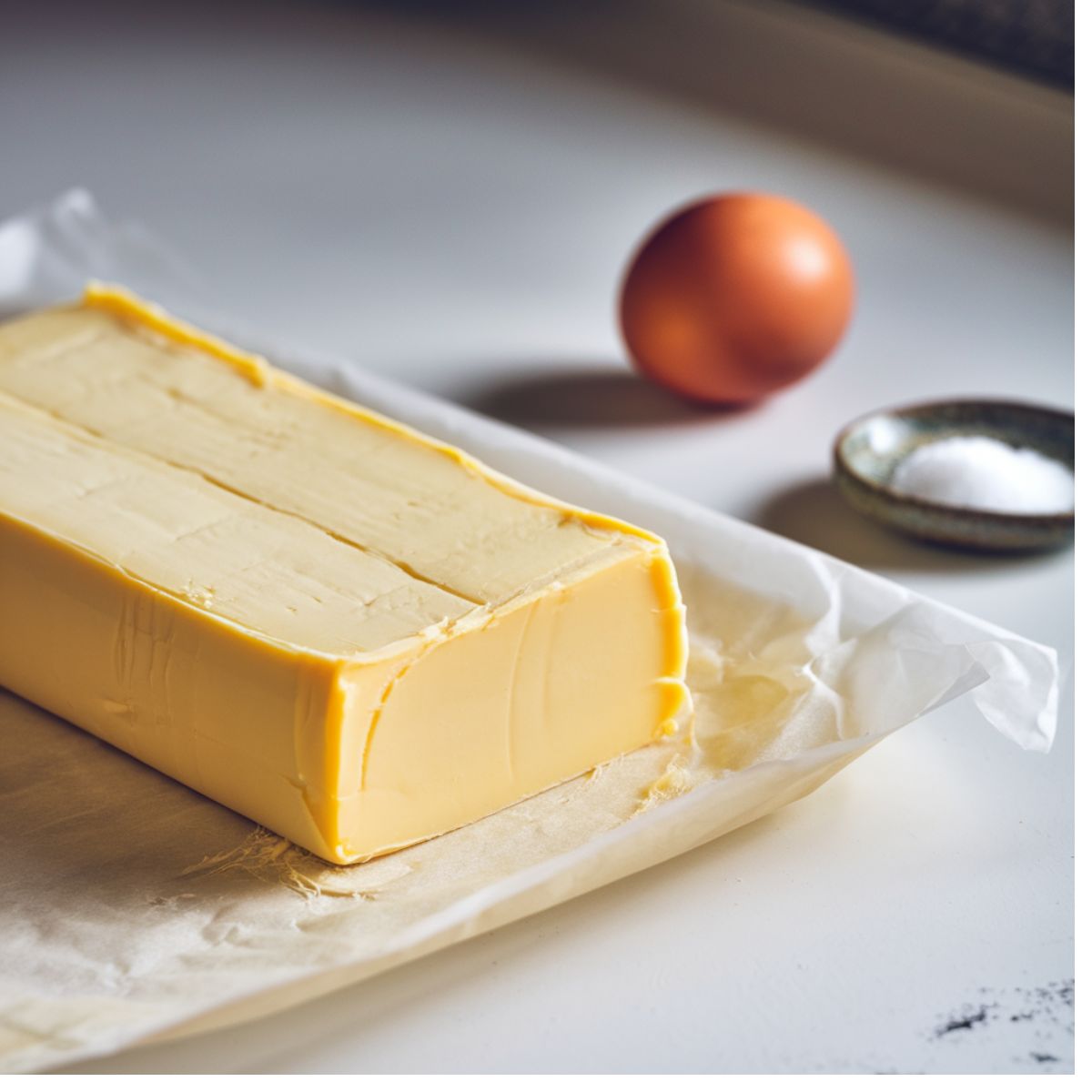
Instructions
Preparing the Dough
- Combine flour, sugar, and salt in a large mixing bowl.
- If using fresh yeast, dissolve it in the cold milk. For instant yeast, mix it directly with the dry ingredients.
- Add the milk mixture and softened butter to the dry ingredients.
- Mix until a shaggy dough forms, then knead for 8-10 minutes until smooth and elastic.
- Shape into a rectangle, wrap in plastic, and refrigerate for 2 hours.
Preparing the Butter Block
- Place the cold butter between two sheets of parchment paper.
- Using a rolling pin, pound and roll the butter into a 20x30cm rectangle.
- Keep refrigerated until needed.
Lamination Process
- Roll the chilled dough into a 30x45cm rectangle.
- Place the butter block in the center and fold the dough like an envelope.
- Roll out to 30x45cm again and perform a single fold.
- Wrap and chill for 30 minutes.
- Repeat the folding process twice more, chilling between each fold.
Shaping the Gipfeli Recipe
- Roll the dough to 3mm thickness.
- Cut into triangles (base 10cm, height 25cm).
- Stretch each triangle slightly and roll from base to tip.
- Shape into crescents and place on lined baking sheets.
Final Proofing and Baking
- Cover shaped Gipfeli with a clean kitchen towel.
- Proof for 1-2 hours until visibly puffy.
- Preheat oven to 200°C (400°F).
- Brush with egg wash (beaten egg with pinch of salt).
- Bake for 18-22 minutes until golden brown.
The Hidden Secret to Perfect Gipfeli: A Swiss Baker’s Whispered Wisdom
If you're going to make this Every Swiss baker knows that the magic of a true Gipfeli recipe isn’t just in the butter or the folds—it’s in the patience, the rhythm, and the silent conversation between your hands and the dough. There’s an old saying in a tiny Zürich bakery: “If you rush the Gipfeli, the Alps will sigh.” Maybe it’s just folklore, but there’s truth in it. The dough must breathe, stretch, and rest at its own pace, much like the morning mist rolling over the Swiss mountains.
One of the best-kept secrets? A whisper of honey brushed between the layers before the final fold—not enough to make it sweet, just enough to deepen the aroma and crisp the crust. The scent that escapes the oven when these golden crescents bake is not just butter and flour—it’s nostalgia, childhood mornings spent in cozy kitchens, the crisp alpine air meeting the warmth of freshly baked perfection.
So, as you roll and fold, listen. Feel the dough, let it guide you. And remember: the best Gipfeli recipe is not just about technique—it’s about love, patience, and the quiet understanding between you and your creation. Because when you break into that first bite, shattering the delicate layers beneath your fingers, you’ll taste something more than pastry. You’ll taste a tradition, a moment, a story. And that? That’s the real secret.recipe, make sure to follow this top tip!
Equipment Needed for Gipfeli Recipe
- Large mixing bowl
- Rolling pin
- Pastry brush
- Baking sheets
- Parchment paper
- Bench scraper
- Kitchen scale
- Clean kitchen towel
Storage Instructions
- Best enjoyed fresh on the day of baking
- Store completely cooled Gipfeli in an airtight container for up to 2 days
- Freeze for up to 1 month; reheat in a 160°C oven for 5 minutes
Recipe Variations
- Sweet Version: Add vanilla sugar to the dough and sprinkle with pearl sugar before baking
- Whole Wheat Option: Replace up to 30% of the white flour with whole wheat flour
- Chocolate Gipfeli: Place a small piece of dark chocolate at the wide end before rolling
FAQ
What is the difference between a croissant and a Gipfeli?
A Gipfeli is the Swiss take on a croissant, but it's slightly denser, crispier, and less buttery. Unlike French croissants, Gipfeli often contain milk in the dough, giving them a subtly sweet flavor. Their shape is also more compact and curved, while French croissants are airier, flakier, and have a more pronounced crescent shape.
What are the ingredients in Nussgipfel?
A Nussgipfel is a Swiss nut-filled pastry made with croissant dough and a sweet walnut filling. The filling typically includes ground walnuts, sugar, honey, cinnamon, and egg whites for binding. Some variations add cream or almond extract for extra richness. Before baking, the pastry is often glazed with egg wash and sometimes topped with powdered sugar.
What ingredients are in a croissant?
A classic croissant is made with simple ingredients: high-protein bread flour, butter, water or milk, sugar, salt, and yeast. The key to its signature flaky texture is the lamination process, which involves folding and rolling butter into the dough multiple times to create delicate layers that puff beautifully in the oven, resulting in a light, airy pastry.
What is the Swiss version of a croissant?
The Swiss version of a croissant is called a Gipfeli. While it shares similarities with the French croissant, it is typically denser, less buttery, and slightly sweeter due to the use of milk in the dough. Gipfeli also have a more compact, curved shape and a crispier crust, making them a distinct and beloved part of Swiss breakfasts.
Your Gipfeli Masterpiece: A Bite of Switzerland in Every Flaky Layer
Congratulations! You’ve just unlocked the art of crafting the perfect Gipfeli recipe—one that rivals even the best Swiss bakeries. With every golden layer you’ve folded and every buttery bite you savor, you’re not just baking—you’re bringing a piece of Switzerland to your kitchen. The patience, the careful lamination, the slow proofing—it all leads to that magical moment when you break into a warm, crisp crescent and taste the reward of your dedication.
But why stop here? If you have a sweet tooth and love exploring iconic treats, you’ll definitely want to try this Starbucks Cake Pops Recipe—a bite-sized delight that’s just as indulgent. And if rich, gooey chocolate is calling your name, don’t miss Matilda’s Chocolate Cake—a legendary dessert that’s pure, fudgy perfection.
Now, as you enjoy your homemade Gipfeli with a steaming cup of coffee or Swiss hot chocolate, take a moment to appreciate the tradition you’ve embraced. These flaky crescents are more than just pastries; they’re a love letter to Swiss baking, a testament to patience, and a delicious reminder that some things in life—just like the perfect Gipfeli—are worth the wait.
Related
Looking for other recipes like this? Try these:
Pairing
These are my favorite dishes to serve with Gipfeli Recipe
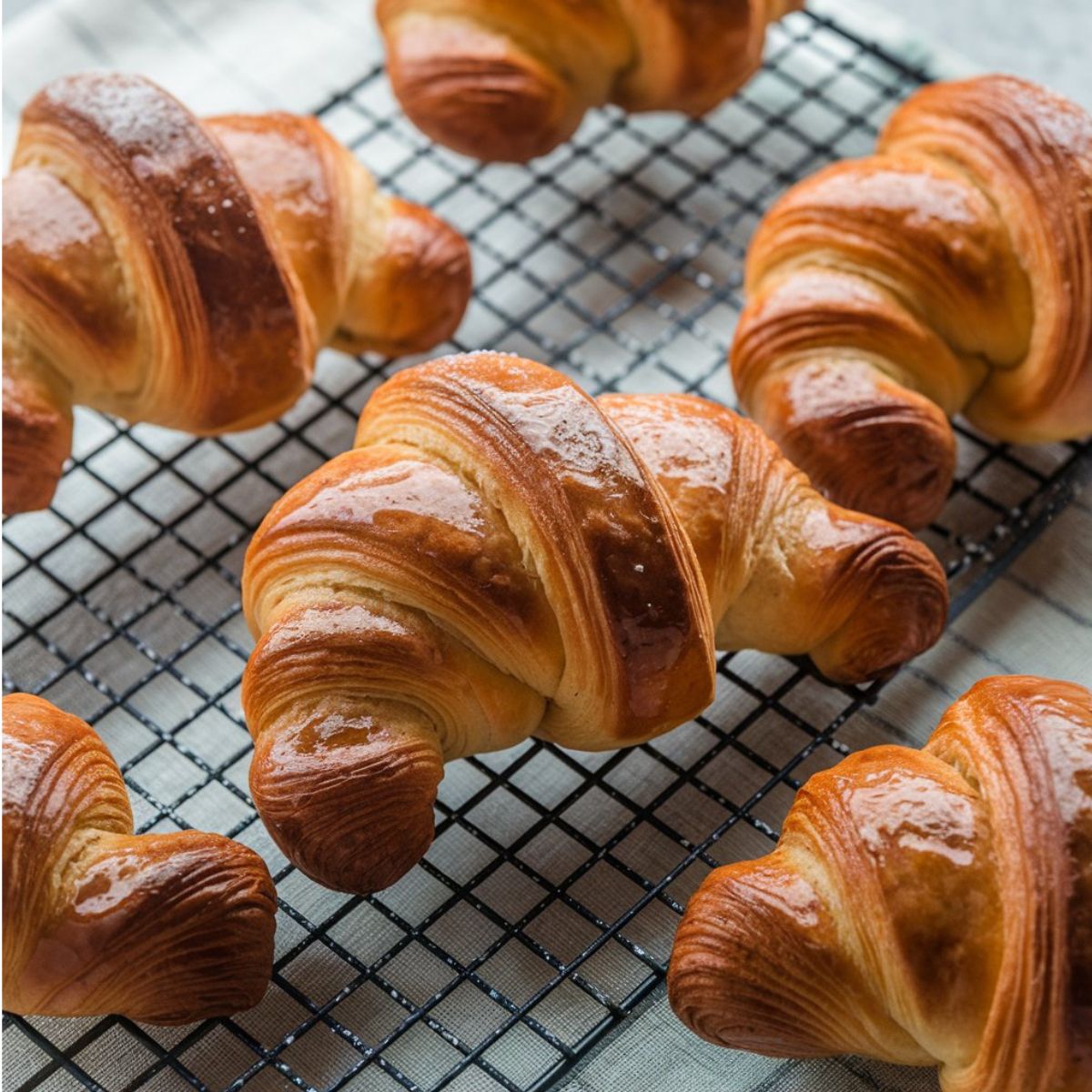
Gipfeli Recipe
Equipment
- Large mixing bowl For combining dough ingredients
- Rolling pin Essential for lamination
- Pastry brush For applying egg wash
- Baking sheets Lined with parchment paper
- Parchment paper
- Bench scraper Helps handle and fold dough
- Kitchen scale For precise ingredient measurement
- Clean kitchen towel For covering proofing dough
Ingredients
the Dough
- 500 g bread flour Essential for structure
- 60 g granulated sugar Adds slight sweetness
- 10 g salt Enhances flavor
- 25 g fresh yeast or 7g instant dry yeast
- 300 ml cold milk Keeps dough firm for lamination
- 40 g unsalted butter Softened, for mixing into dough
Lamination
- 300 g European-style butter cold
- For Egg Wash Cold, for laminating dough
Egg Wash
- 1 large egg Beaten for egg wash
- Pinch of salt Mixed into egg wash
Instructions
Make the Dough
- Mix flour, sugar, and salt in a bowl
- Dissolve yeast in cold milk
- Add milk mixture and softened butter to dry ingredients
- Knead 8-10 minutes until smooth
- Shape into rectangle, wrap, refrigerate 2 hours
Prepare Butter Block
- Place cold butter between parchment paper
- Roll into 20x30cm rectangle
- Keep chilled until needed
Lamination Process
- Roll dough to 30x45cm
- Place butter block in center
- Fold like envelope
- Roll out and perform single fold
- Chill 30 minutes
- Repeat folding twice more, chilling between folds
Shape & Bake
- Roll dough 3mm thick
- Cut triangles (10cm base, 25cm height)
- Roll from base to tip
- Shape into crescents
- Proof 1-2 hours
- Brush with egg wash
- Bake at 200°C (400°F) for 18-22 minutes

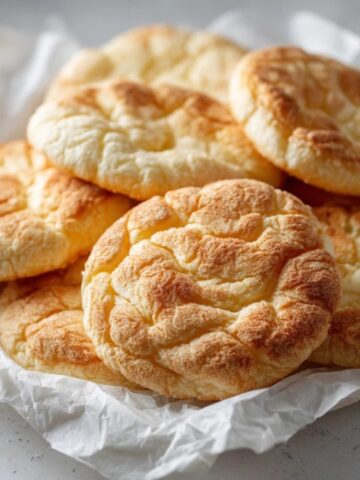
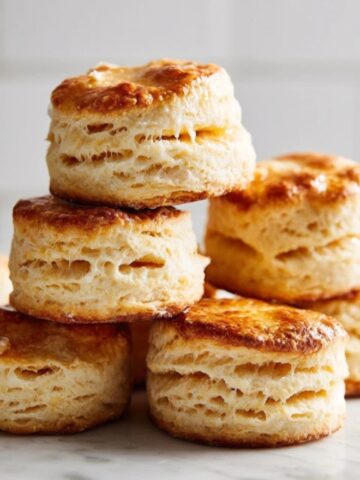

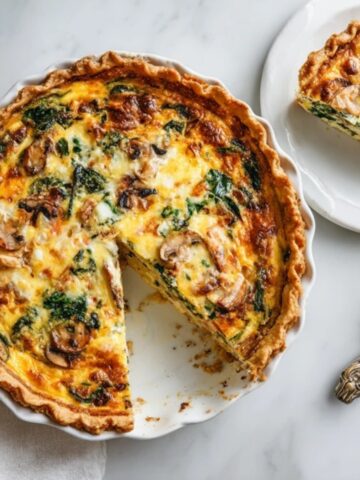

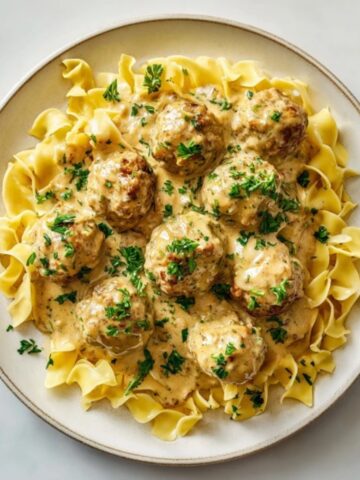


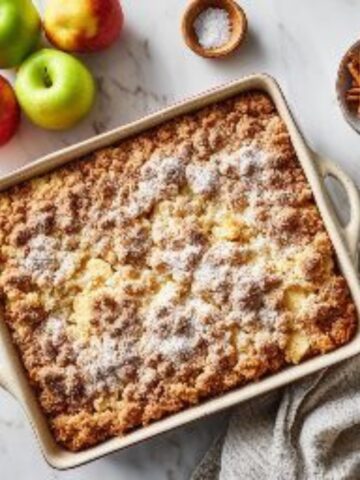
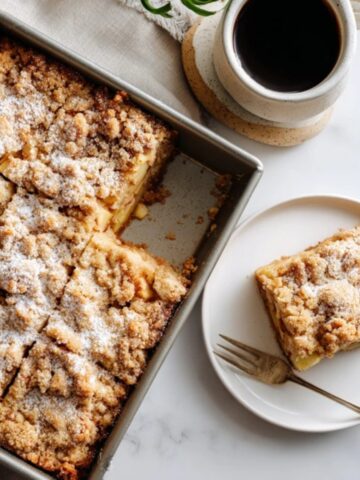
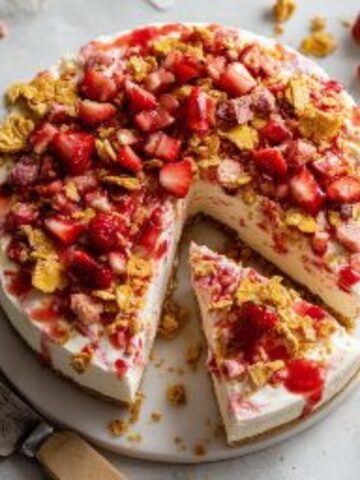
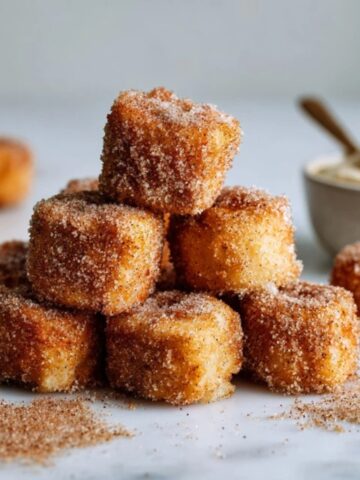
Leave a Reply